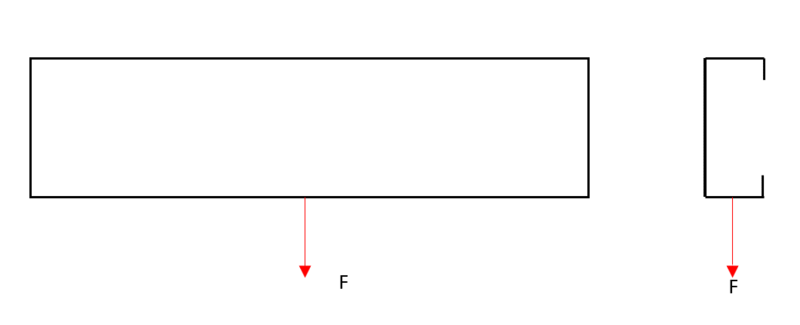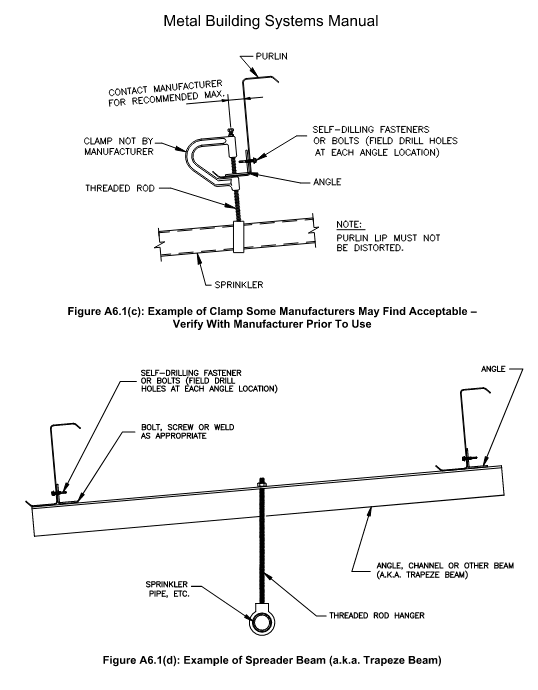There is structure in which they are going to use it as a training for professional climbers. The structure is a cold-formed mezzanine with C sections. They are going to connect their clamps to the bottom flange of the C-sections. The point load is about 6 kN which can be carried by the sections, but I am concerned about the local failure modes and buckling of the section. Could anyone guide me that which checks I should do on the bottom flange and the section? Is there any sample calculation for the calculation?



